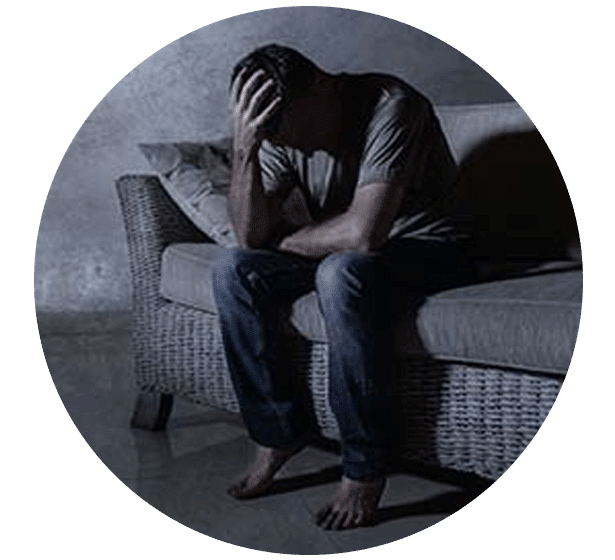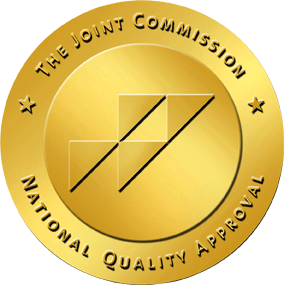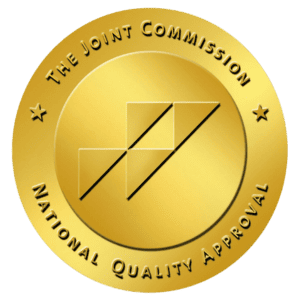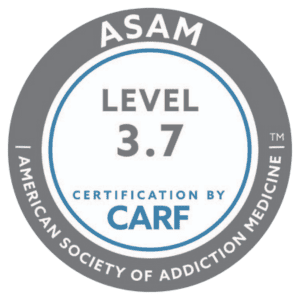How long do withdrawal symptoms last is a question that many people ask when considering getting treatment. The fear of going through alcohol or drug withdrawal keeps many people from getting the life-saving help they need.
When a person attempts to stop alcohol or drug abuse with no professional help, the physical and mental effects of withdrawal can be painful, even dangerous. That’s because substance abuse makes lasting changes to a person’s nervous system and internal organs.
When someone stops taking drugs or drinking alcohol, their body adjusts to the change during a withdrawal period. During this period, a person’s vital organs and nervous system begin to return to normal. It is the early phase of withdrawal that is the most intense.
One of the most dangerous ways a person can attempt to get sober involves stopping the intake of the addictive substance abruptly. This is called going ‘cold turkey’ and it carries a high risk to a person’s health and life. No one should ever attempt to get sober from drugs or alcohol by going ‘cold turkey.’
So, what is withdrawal like? It depends on several factors, but one fact remains the same. Completing detox and withdrawal is an essential part of the recovery process.
Vogue Recovery Center is a detox and withdrawal treatment center specializing in programs for alcohol and drug abuse. Clinicians at our treatment center help manage the symptoms of withdrawal so clients can recover from their substance use disorder in comfort and safety.
What Are the Stages and Signs of Withdrawal?
Withdrawal is different for everyone. For some, the signs of withdrawal may appear just hours after the last use. For others, it may take days for withdrawal symptoms to appear. In serious cases of substance abuse, some symptoms of withdrawal may be present months after detox and associated health treatment.
The symptoms and progression of withdrawal depend to some degree on the type of substance in question. In a general sense, alcohol and drug withdrawal symptoms come and go in three unique stages.

Those withdrawal stages include:
- Acute: This is the most intense period of withdrawal symptoms. It can last anywhere from a few days to a week.
- Protracted: This is the period where the most intense withdrawal symptoms begin to subside.
- Prolonged: After withdrawal symptoms are gone, those going through prolonged withdrawal may begin feeling mental and emotional symptoms rather than physical ones.
Relapse is a real concern while undergoing drug and alcohol detox. This is because using substances again will stop the discomfort.
What Causes Drug and Alcohol Withdrawal?
The reason people experience withdrawal is because drugs and alcohol create what’s called physical dependency. When you become physically dependent on a substance, withdrawal symptoms occur when you cease all drug and alcohol use.
This condition is also called a chemical dependency, which gets worse as your tolerance builds after repeated use. Tolerance is when someone needs to use more and more of a substance to feel the same effects. This is a dangerous problem because it not only makes physical dependence worse, but also opens the door for an overdose to happen.
What Are the Most Common Withdrawal Symptoms?
Withdrawal symptoms vary from person to person. They often depend on factors like what substances were being abused and for how long. They can also vary by the method of ingestion.
Some of the most common physical withdrawal symptoms include:
- Nausea
- Vomiting
- Diarrhea
- Headache
- Tremors or shaking
- Sweating
- Increased heart rate
- Changes in blood pressure
- Restlessness
- Insomnia or difficulty sleeping
- Fatigue or lack of energy
- Loss of appetite
- Weight loss
More serious physical withdrawal symptoms may include seizures or delirium tremens (DTs) for those detoxing from alcohol. Detox facilities with withdrawal management treatment programs can help make withdrawal symptoms more bearable.
The skilled and caring counselors and therapists have helped countless others make it through withdrawal and onto a brighter future. They can help identify withdrawal symptoms and use various methods like medication assisted treatment to help. This withdrawal management can make the process easier, and someone can focus their full attention on sobriety.
During the prolonged withdrawal phase, physical symptoms of withdrawal cease, but mental symptoms may take their place. Common mental symptoms associated with withdrawal include:
- Depression
- Anger
- Disorientation
- Suicidal thoughts
- Hallucinations
- Trouble with making decisions
- Agitation
How Long Do Withdrawal Symptoms Last?
Drugs and alcohol cause profound changes to the way a person’s body works. Prolonged use alters the chemistry of the brain and causes physical dependence. Substances come in all varieties and cause different effects on the body. The withdrawal timeline can change depending on which substance someone abused, but typically medical detox will be required. Below are some commonly abused substances and their general withdrawal timelines.
Alcohol Withdrawal
Alcohol withdrawal typically lasts between two and seven days. More severe cases can last longer. During this time, individuals may experience a range of symptoms, including anxiety, insomnia, shaking or tremors, nausea and vomiting, hallucinations, and seizures. Severe symptoms of alcohol withdrawal include delirium tremens, which are visual or auditory hallucinations and delusions that can be dangerous and may lead to severe injury or death if not recognized and treated by a professional addiction and detox therapist.
Benzodiazepine Withdrawal
Benzodiazepines are a kind of prescription medication used to treat anxiety, seizures, and other medical issues. Commonly prescribed benzodiazepines include:
- Xanax (alprazolam)
- Valium (diazepam)
- Klonopin (clonazepam)
Symptoms of benzodiazepine withdrawal, which can last anywhere from several days to several months, include anxiety, insomnia, muscle tremors and spasms, nausea, sweating, and heart palpitations. In extreme cases, individuals may experience seizures and hallucinations. It is important for those who have been taking benzodiazepines for an extended period of time to taper off their dosage gradually in order to avoid these symptoms or reduce their severity.
Opioid Withdrawal
Opioids are analgesics. They work by blocking pain signals in the brain and reducing the intensity of pain experienced. They can be either natural from the poppy plant or made synthetically by pharmaceutical companies.
Opioid dependence is a risk with both natural and synthetic opioids. Common opioid drugs include:
- Heroin
- Morphine
- Oxycodone (OxyContin)
- Hydrocodone (Vicodin)
- Fentanyl
The opioid withdrawal period takes between one day and several weeks. Symptoms typically begin within 6-12 hours after last using the drug and increase in intensity over the next few days. During this time, physical symptoms such as sweating, shaking, nausea, diarrhea, cramping, and chills are common.
Psychological symptoms such as anxiety, depression and insomnia can also occur. The severity of these drug addiction withdrawal symptoms will vary from person to person depending on factors like age, weight, overall health and previous opioid exposure.
A person who has been using opioids heavily, or for a long time will definitely need health treatment in a medical detox facility. The withdrawal process for opioid addiction can be quite intense.
Stimulants
Stimulants are substances that can increase alertness, attention, and energy levels. They work by acting on the central nervous system to increase dopamine and norepinephrine levels in the brain.
Common stimulants include:
- Caffeine
- Nicotine
- Cocaine
- Amphetamines (Adderall)
- Crystal Meth
The timeline for stimulant withdrawal varies from person to person, but it typically takes place over several weeks. In general, the most intense physical symptoms usually occur within the first few days after a person stops using stimulants. These symptoms can include fatigue, insomnia, headaches, and other uncomfortable physical sensations.
After these initial acute symptoms subside, some people may continue to experience mood swings or difficulty concentrating for up to several weeks as their body adjusts from the lack of drug abuse and overcomes the drug withdrawal symptoms.
What Happens After Detox?
Detox is just one step of the recovery process. As mentioned above, the risk of relapse is high during the detox and withdrawal process. To ensure that detox isn’t done in vain, it’s common practice for people to then enter into an addiction treatment program.
Vogue Recovery Center offers a full continuum of treatment and levels of care for a personalized approach to rehab. There are different programs clients can participate in following detox and those decisions are made with the help of a treatment center clinician.
Some of the additional levels of care offered for addiction treatment at Vogue include:

How Do I Pay for Rehab?
Those wondering how to pay for alcohol and other drug addiction treatment should first contact the admissions team at Vogue Recovery Center to verify insurance and find out more about their options. Vogue accepts most national insurance providers, but each provider and policy are different. The team at Vogue can help you better understand your insurance coverage, outline a recovery plan, and note what the out-of-pocket costs may be.
Don’t wait to get help. Contact Vogue Recovery Center today and let’s get started on your recovery journey.

Medically Reviewed by Kelsey Jones, MS, LPC






